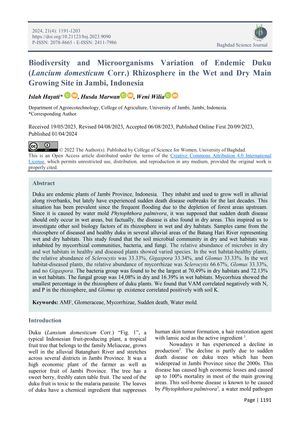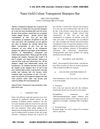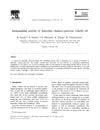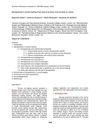Biodiversity and Microorganisms Variation of Endemic Duku (Lansium Domesticum Corr.) Rhizosphere in the Wet and Dry Main Growing Site in Jambi, Indonesia
September 2023
in “
Mağallaẗ baġdād li-l-ʿulūm
”

TLDR Microbial communities in Duku plant roots vary between wet and dry habitats, affecting plant health.
The study investigated the microbial communities in the rhizosphere of endemic Duku plants in Jambi, Indonesia, across wet and dry habitats, to understand the spread of sudden death disease caused by Phytophthora palmivora. Samples from healthy and diseased plants revealed diverse microbial communities, including mycorrhiza, bacteria, and fungi. In wet habitats, healthy plants had a relative abundance of 33.33% Sclerocytis, 33.34% Gigaspora, and 33.33% Glomus, while diseased plants had 66.67% Sclerocytis and 33.33% Glomus, with no Gigaspora. Bacteria were the most abundant group, constituting 70.49% in dry and 72.13% in wet habitats. Fungi were 14.08% in dry and 16.39% in wet habitats. Mycorrhiza showed the smallest proportion in Duku roots, with a negative correlation with nitrogen and phosphorus, and Glomus sp. positively correlated with soil potassium.



